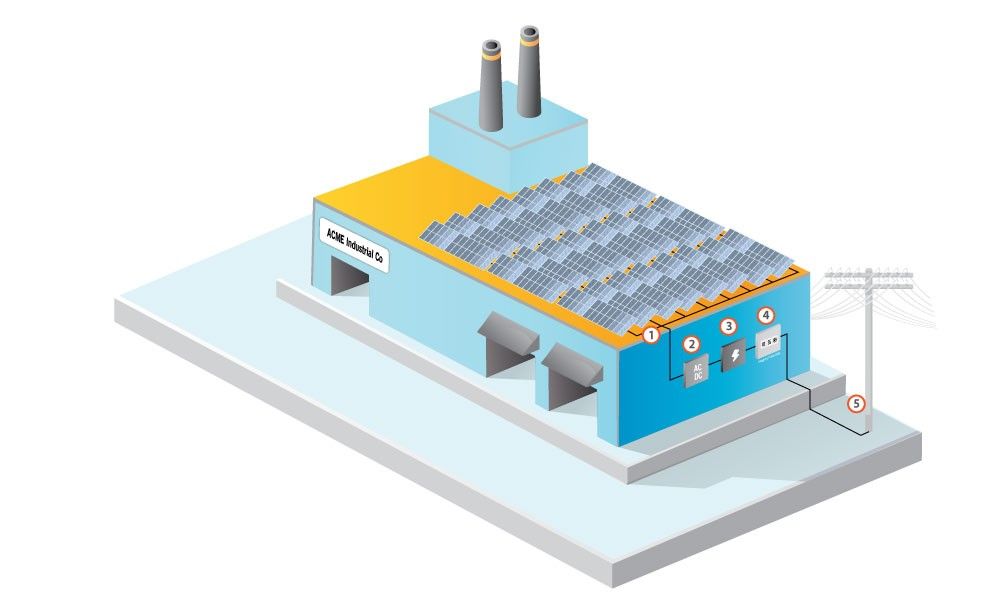
We have offices in Sydney, Melbourne, Brisbane, Adelaide, Perth and Canberra and a national network of fully accredited solar installers. Sustainability is at our core. Since 2003, the foundation of Todae Solar has focused on sustainable business development.

